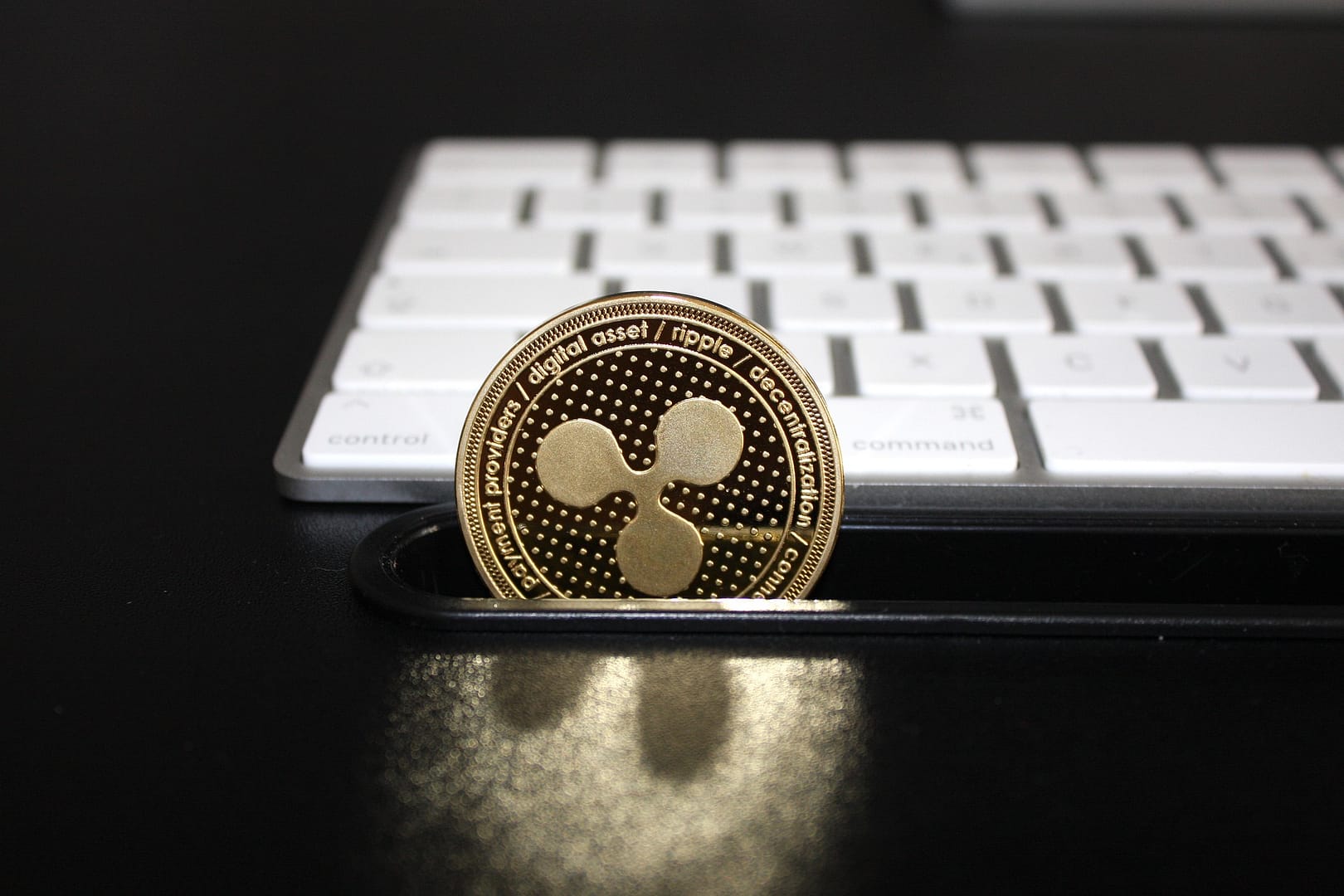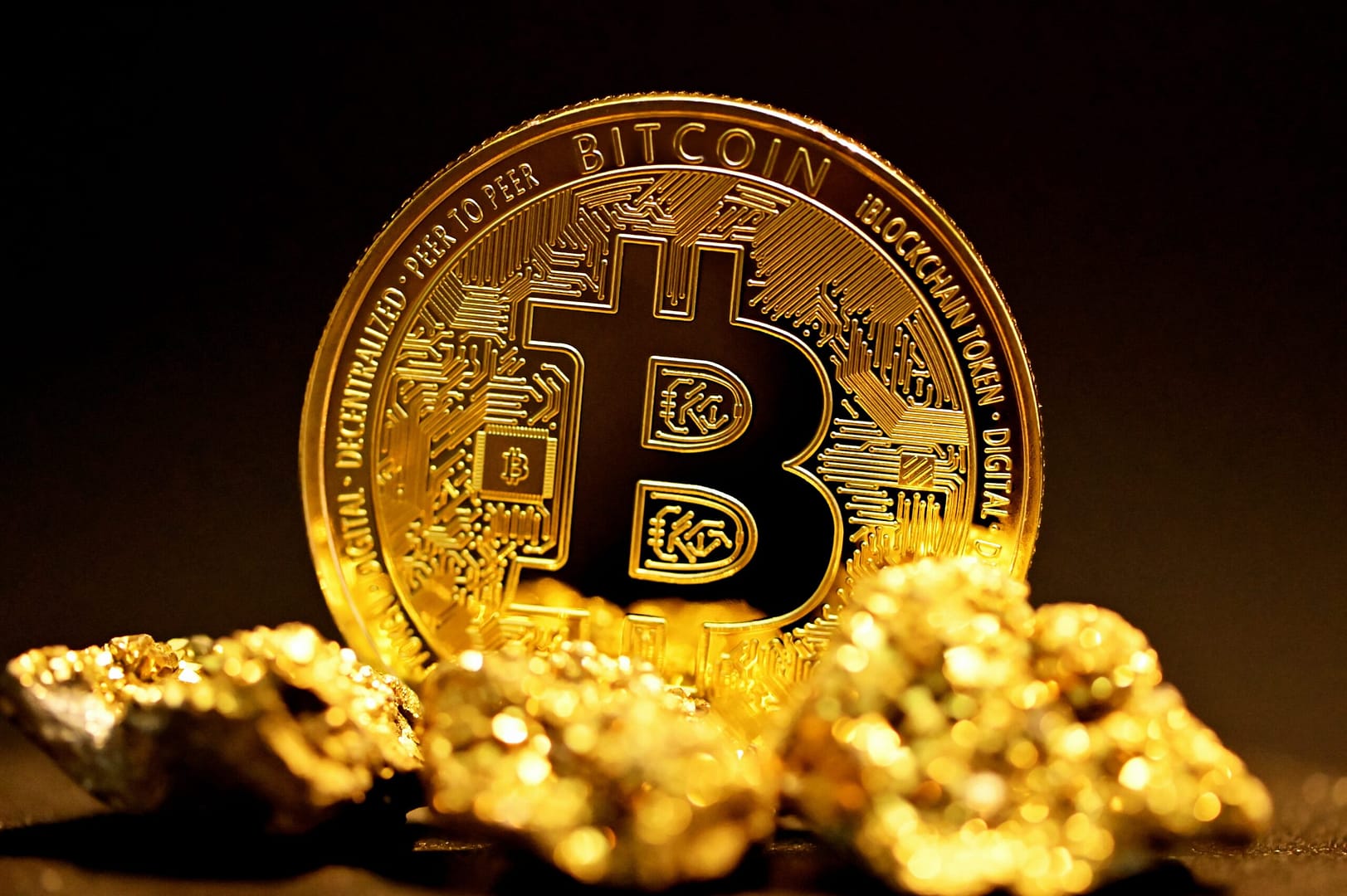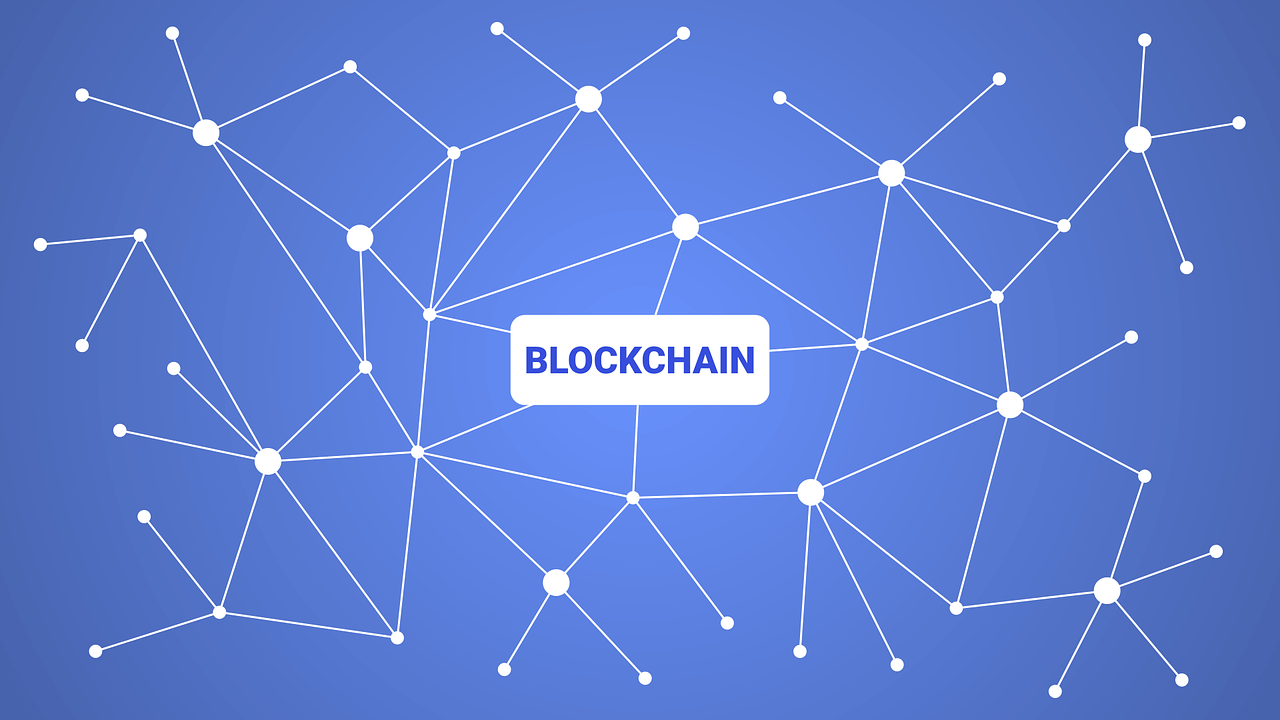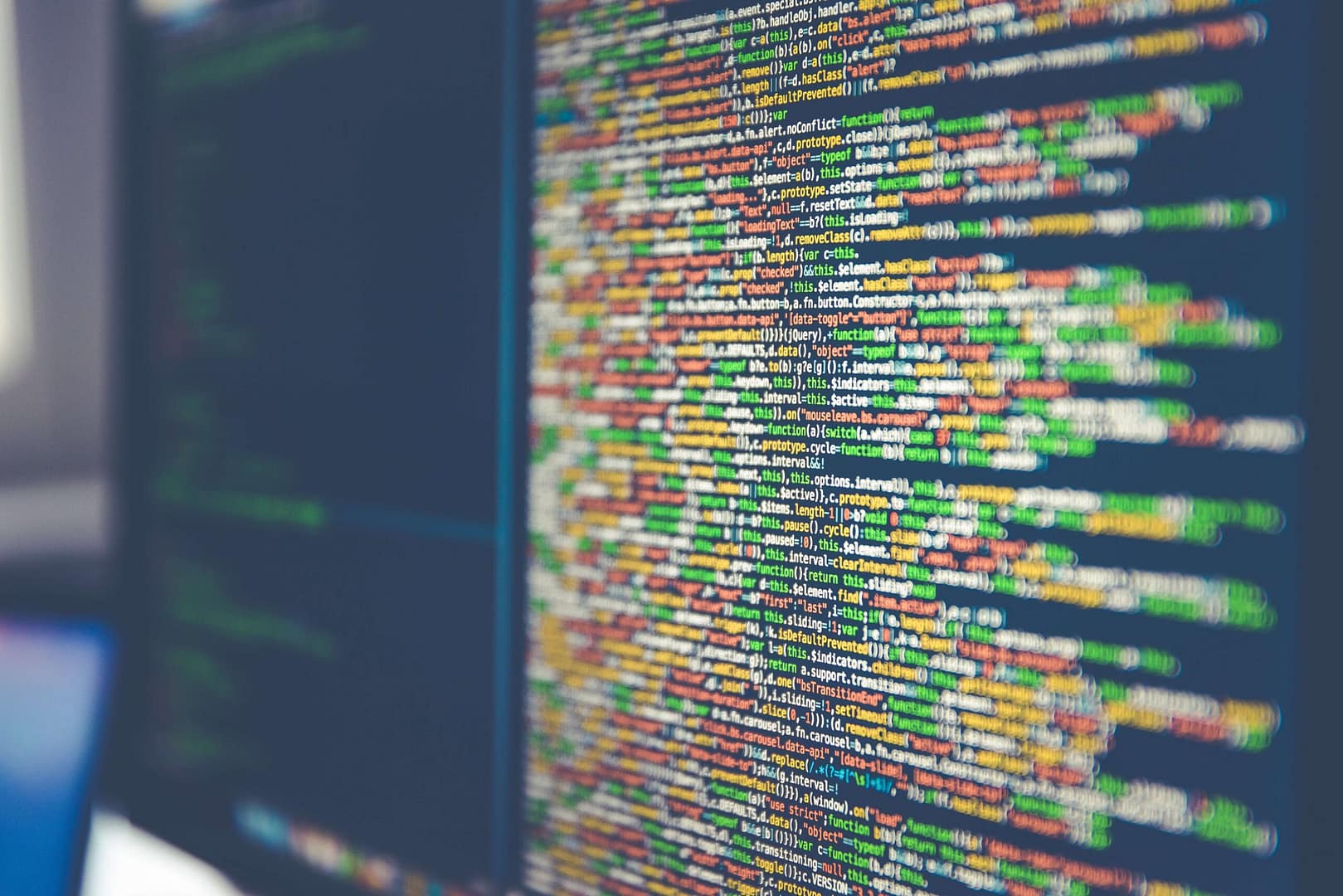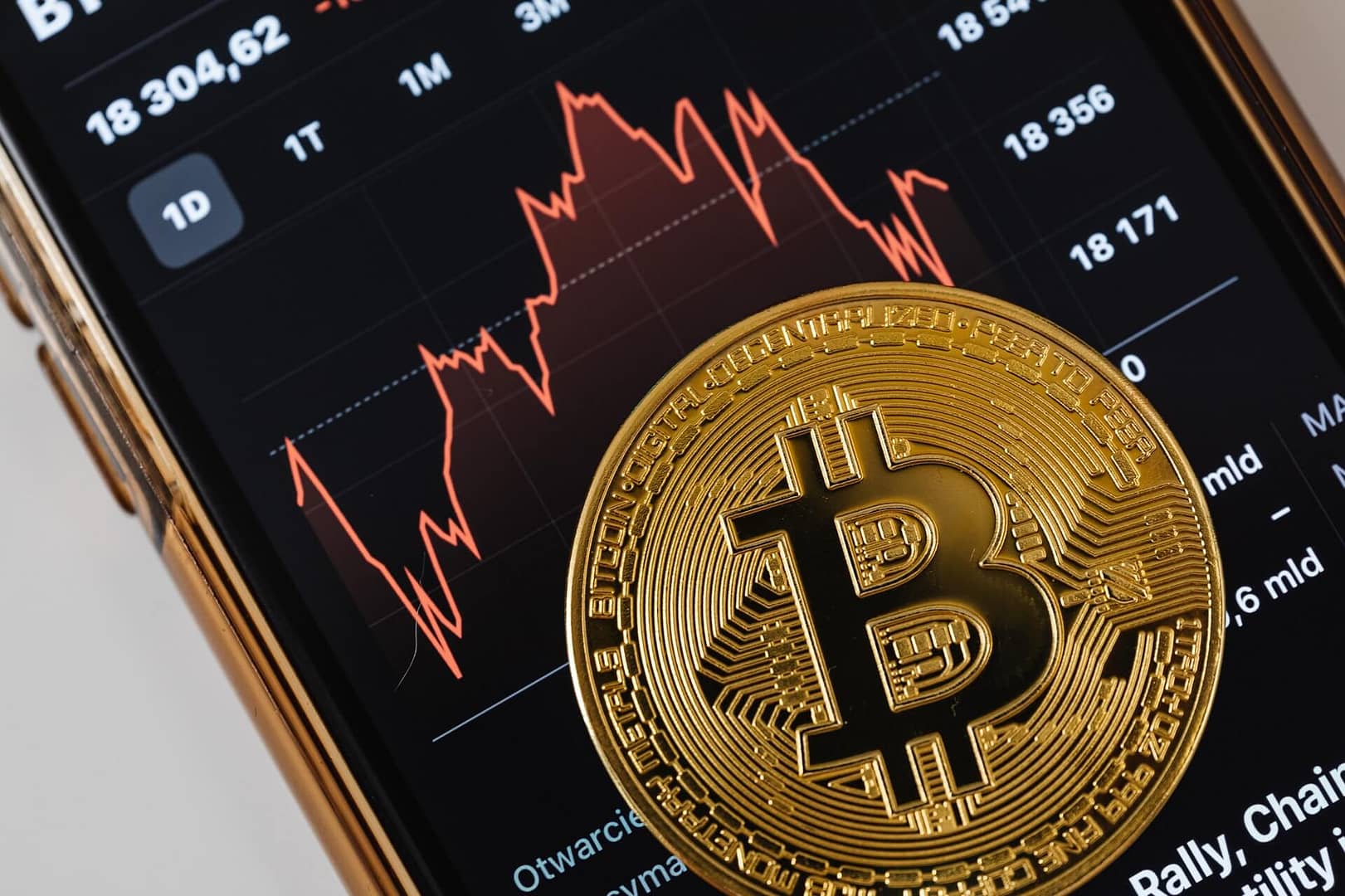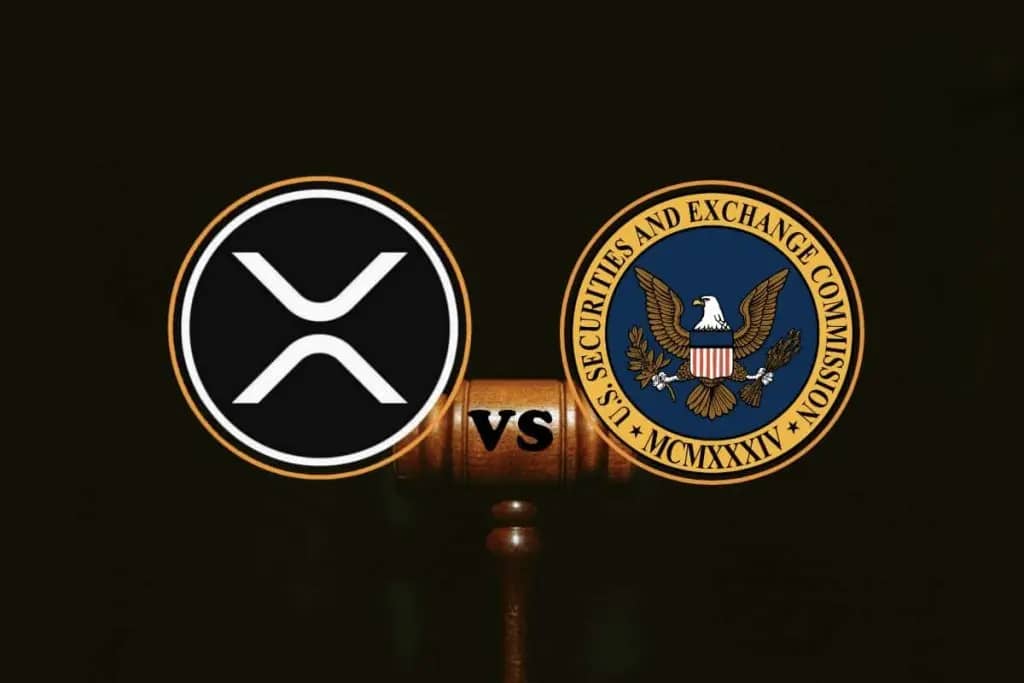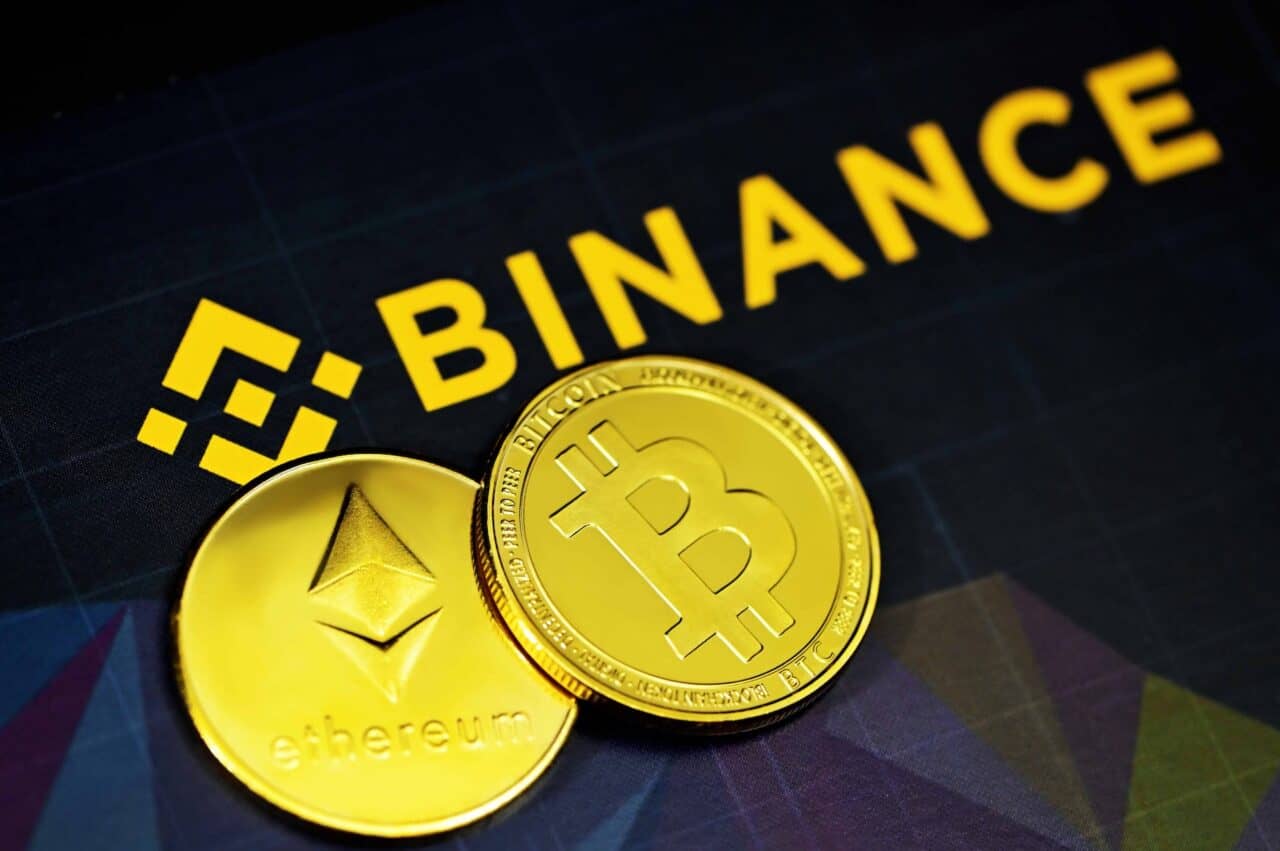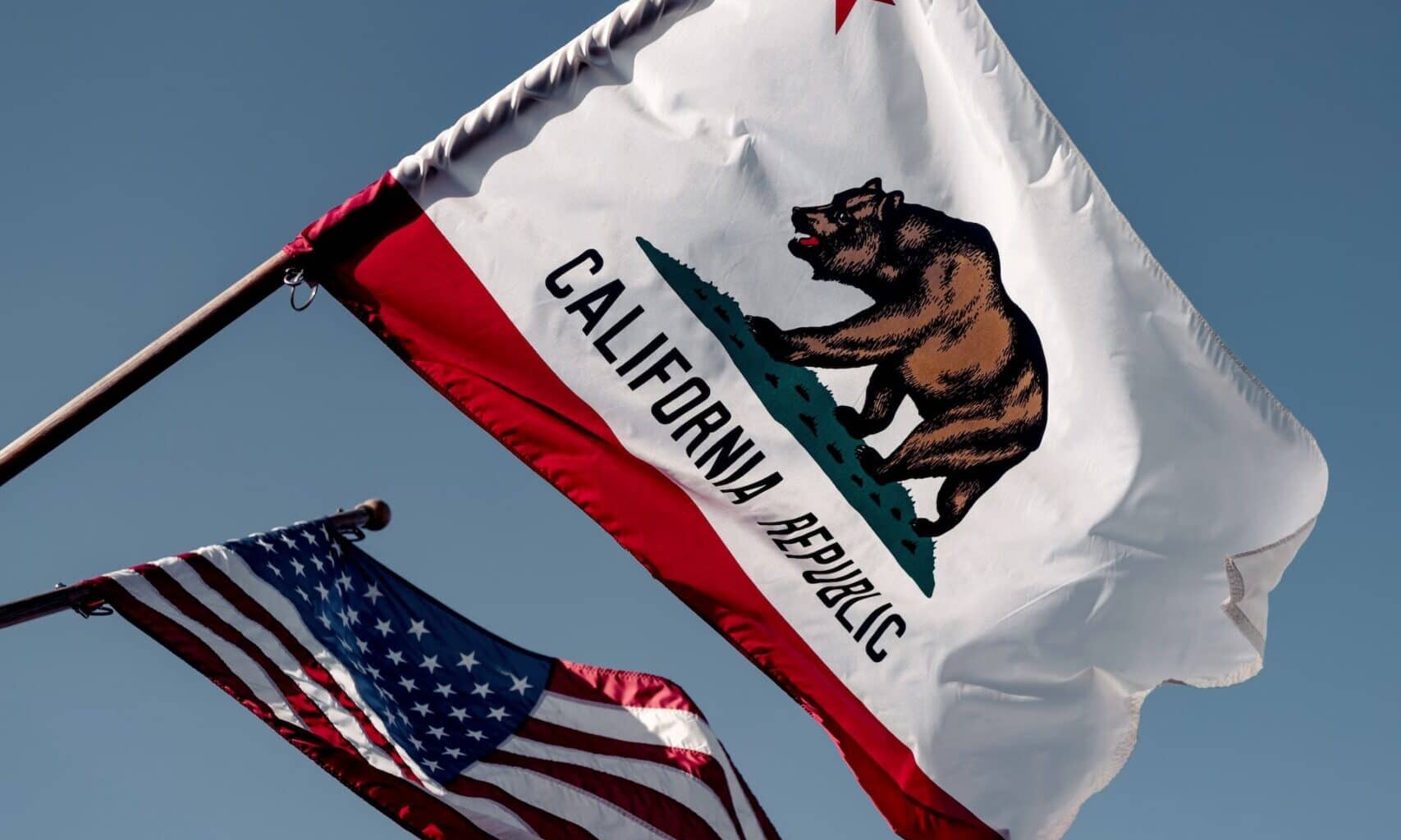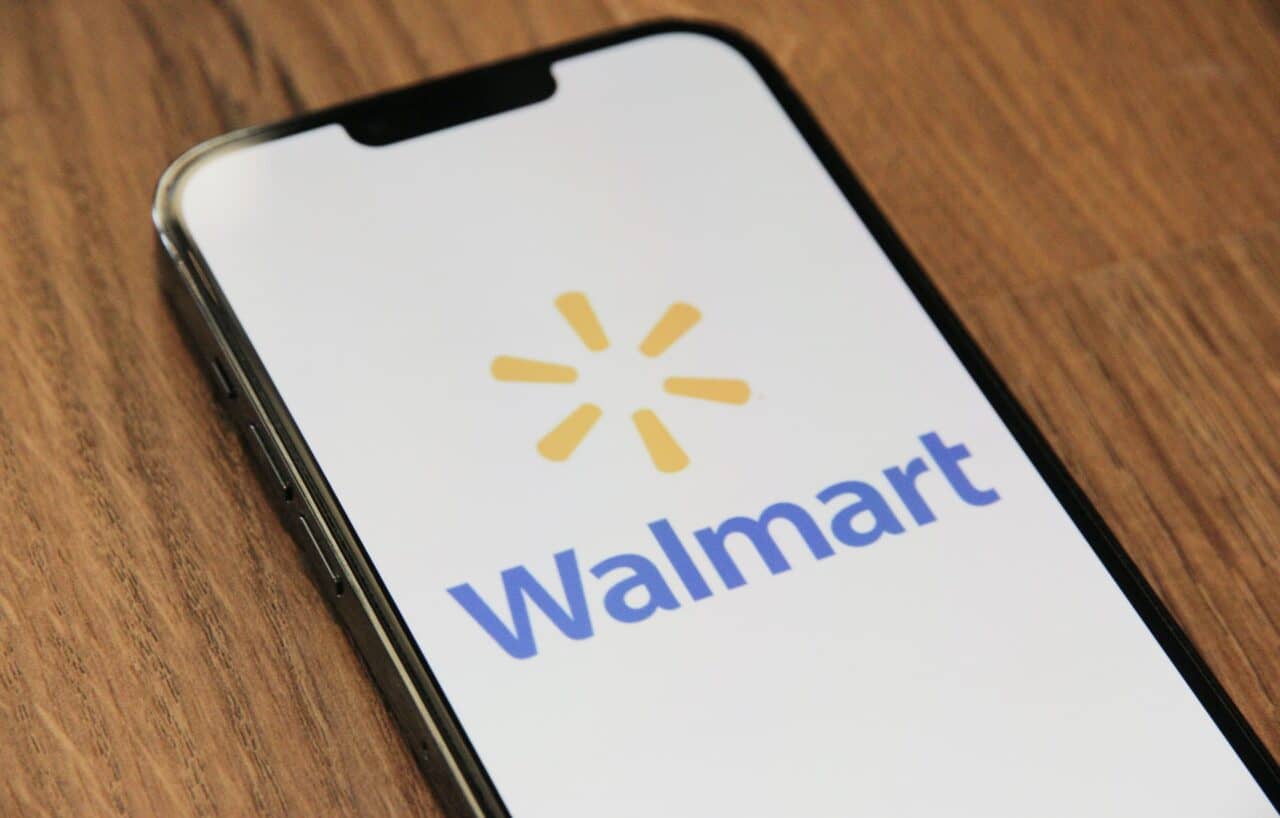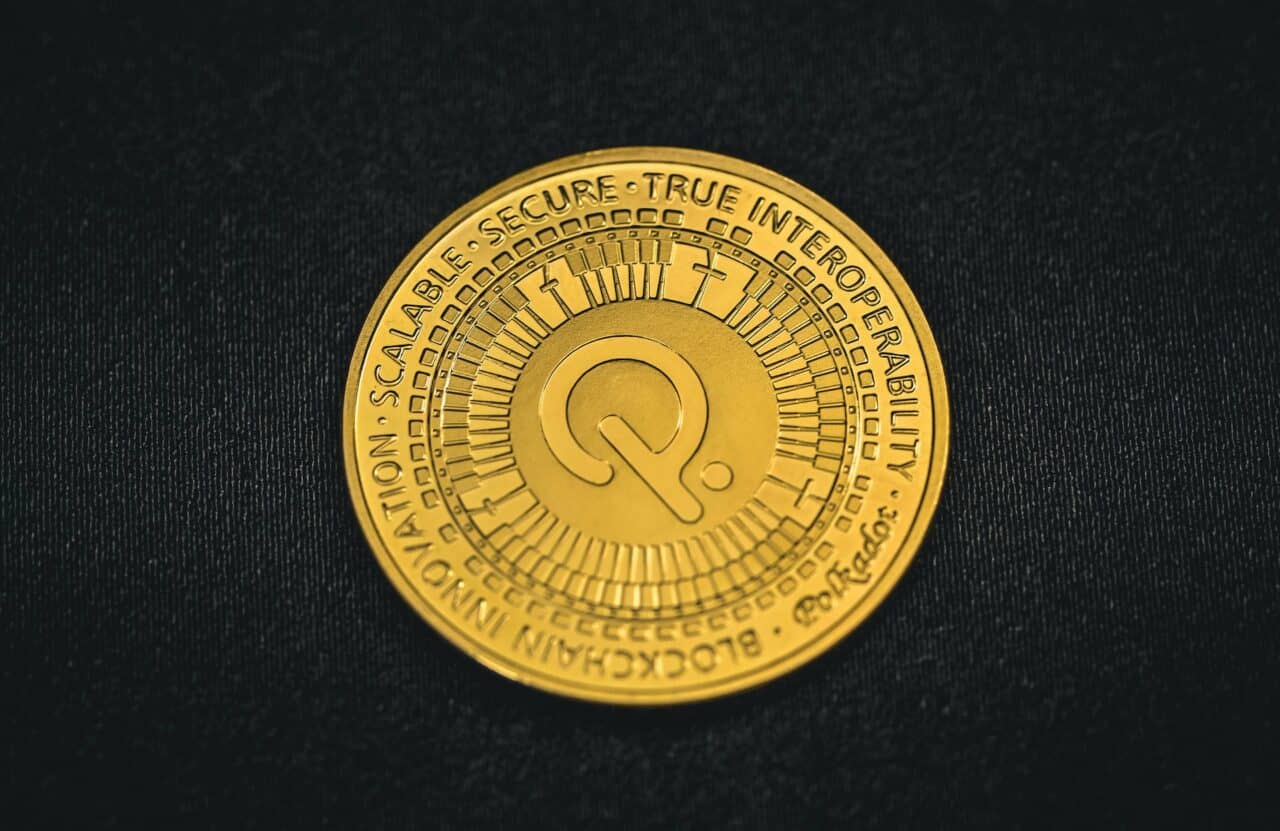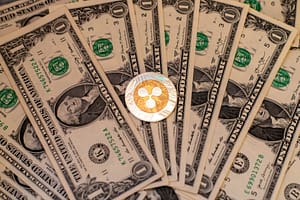What is XRP?
Ripple is a platform used for the transfer of currencies between pairs (RippleNet) and a digital currency (ripple XRP). The platform itself is an open-source protocol that enables fast and inexpensive transactions between two parties. The type of currency can be exchanged on the platform, from fiat currencies like the British pound to cryptocurrencies that pass via airline miles.
The Ripple (XRP) token itself can also be used on the platform and can be traded with any digital currency or asset. The use of XRP is independent of the Ripple network. A party doesn’t actually need XRP to transfer coins.
Hence, the value of the ripple is not in the XRP token, but in the network itself and its ability to move assets quickly around the world. The network competes with existing payment systems such as Swift. It can enable a variety of transfers via RippleNet instead of acting as a replacement for existing payment methods or as a direct competitor to fiat currencies as other cryptocurrencies like Bitcoin claim.
Ripple started as RipplePay in 2004. The goal of RipplePay was to offer secure and fast financial transactions around the world at a lower cost than current payment networks like SWIFT. Originally, RipplePay simply allowed people to expand lines of credit to friends and family. It also enabled traditional online payments and online currency payments.
In 2012, a technology company called RippleLabs took over RipplePay and restructured the protocol. This new system included functions of a digital cash system by integrating a new cryptocurrency, XRP. Events began in early 2011 when Arthur Britto, Jed McCaleb, and David Schwartz teamed up to work on what we now know as the XRP ledger, the Blockchain on which the XRP token lives. It is not owned or controlled by any organization or person.
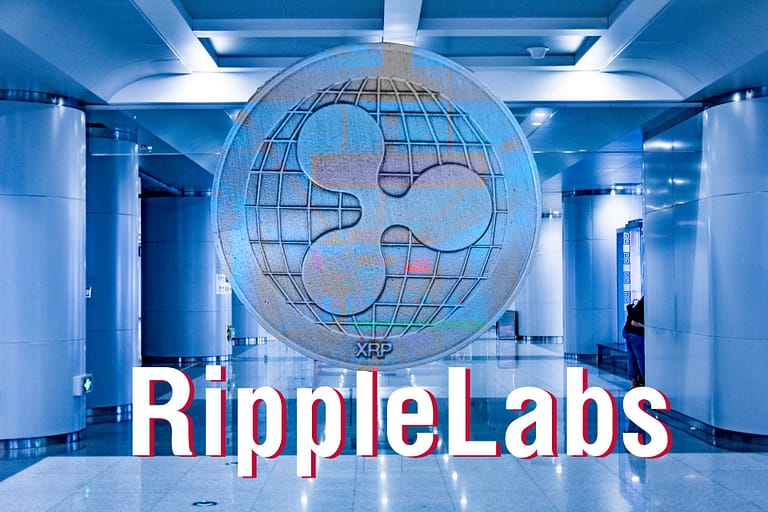
It is an open-source cryptocurrency and can be used by anyone, including Ripple. The ledger is community-based, which means that only users can decide whether it is successful or not. In August 2012, Chris Larsen joined the XRP team, and after that, Ryan Fugger was approached to use his digital currency with his own credit network, Ripple. Fugger agreed to support the new effort, and the team formed a new company called OpenCoin, which had full control over what was previously known as RipplePay.
What is RippleNet?
RippleNet is a network of institutional payment providers such as banks and monetary services companies that use solutions developed by Ripple to provide a seamless experience for sending money around the world. Let’s give an example: First, Jones lives in New York and has chocolate.
Box you don’t need. He’s keen to see a baseball game, but he doesn’t have a ticket. Second, Miss Smith lives in Los Angeles and has a rare stamp she wants to give away for a box of chocolates.
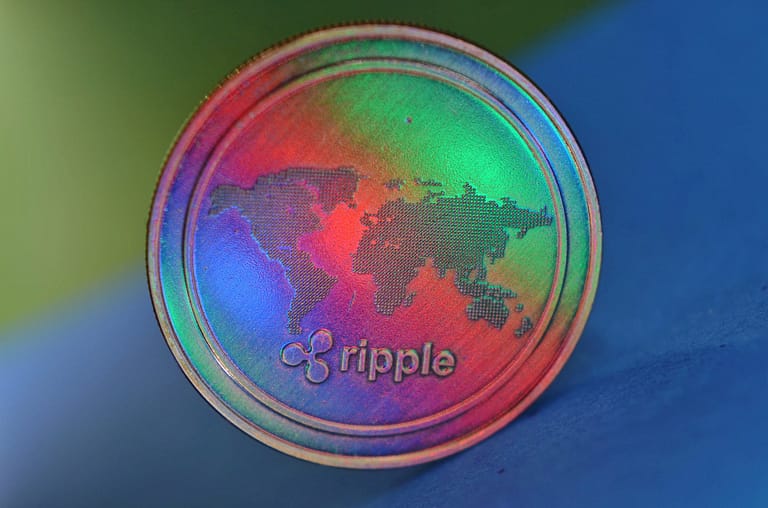
Finally, we have Mr. Brown, who lives in Alaska and is doing a lot of searching for a rare postage stamp and a ticket to a baseball game in New York. In our current system, these people would likely never meet and stay with their friends. Valuables “not valuable”.
But in the world of Ripple, they could say, “Hey, I have chocolate, I want baseball” and the system will look for a shorter and cheaper combination to make that happen. Plus, the platform lets you make payments in any currency including Bitcoin, and has a minimum internal transaction fee of $0.00001, yes that’s the right amount of zeros. The only reason it’s not free is to prevent DDoS attacks.
Ripple’s Digital Currency XRP
The digital currency XRP acts as a bridge currency to other currencies. It doesn’t differentiate between fiat/cryptocurrencies, which makes it easy to exchange each currency for another. Every coin in the ecosystem has its own gateway e.
CADBluzelle, BTCbitstamp and USDsnapswap. If Martyn wanted bitcoins in payment for the services provided to Nick, Nick doesn’t necessarily have to be in possession of bitcoins. You can send payment in Canadian dollars (CAD) to your gateway and Martyn can receive bitcoins from your gateway.

A gateway is not required to initiate a full transaction; Multiple gateways can be used, creating a chain of trust that extends between users. Account management with a gateway exposes the user to counterparty risk, a risk that is also present in the traditional banking system.
If the gateway fails to meet its responsibilities, the user can lose the value of his money held at that gateway. Users who do not trust a gateway can therefore trade with a trusted gateway, which in turn takes care of the “untrusted” gateway.
In this way, the promissory note will be issued as solvent through the trusted or credited gateway. The counterparty risk does not apply to bitcoins (and most altcoins) as one user’s bitcoins are neither in the promissory note nor the responsibility of another user.
How much of ripple is open source?
Ripple Net is Ripple’s main engine connecting global banks and financial institutions. You can use this platform to move money around the world quickly and efficiently with the ripple currency XRP. The protocols are determined by Ripple Labs,
which also manages the network. Financial institutions by reducing processing times, ensuring log transparency, and Ripple’s active reporting of suspicious activities such as money laundering.
While the validators work independently, Ripple Net’s operations are centralized and not open to developers. Ripple Labs offers an open-source version of its software for developers who want to integrate XRP payments into their programs and applications. This service is RippleX and has open-source aspects.
Unlike other cryptocurrencies, Ripple’s main services focus on fast international currency transfers. This means that while their networks rely on a decentralized ledger and active validators, they still have control over how the network is used to ensure trust in their platform.
What is the Ripple Protocol consensus algorithm (RPCA)?
Unlike Bitcoin or Ethereum, Ripple doesn’t have a blockchain, a cryptocurrency without a blockchain can sound pretty strange — if you don’t have a blockchain, how do you check transactions and make sure everything is okay? proprietary technology: Ripple Protocol Consensus Algorithm (RSPCA) The word “consensus” in the name means that if every node matches the rest, there is no problem.
Imagine there is an ancient arena with a hundred sages, the elders, and a city that need everyone’s consent to make a decision. If everyone agrees, you can start a war, end a war, raise taxes, call the Olympics, and all sorts of cool stuff. But if either of them doesn’t, nothing will happen until we find out what your problem is.
What is the difference between Bitcoin and XRP?
Bitcoin was developed as a decentralized digital currency with the aim of paying for goods and services, while XRP was developed for banks and payment networks as a means of payment, money transfer system, and currency exchange.
The aim of XRP was to create the basis for a real-time direct transfer system that would offer a cheaper, more transparent, and more secure alternative to current transfer payment methods such as SWIFT.
The Ripple Network, which is why it is sometimes called Ripple. The Bitcoin network is managed by a group of developers spread around the world. All of these developers contribute to the Bitcoin network on a voluntary basis. Bitcoin is decentralized. This means that it is not subject to any bank, government, or corporation. It was also created by a pseudonymous person or group of people called Satoshi Nakamoto.
The XRP ledger works through a unique consensus algorithm that uses a network of validation servers rather than “proof of work” or “proof of stake”. Transaction speeds are faster. Confirmation of an XRP transaction takes an average of 3-5 seconds, significantly faster than other cryptocurrencies or today’s traditional financial networks, which can take days.
Another important difference is that, unlike Bitcoin, XRP was not developed with Bitcoin, Miners are rewarded in the form of newly created Bitcoin. With XRP, a total of 100 billion XRP tokens have been mined so far, of which 38 billion have been made available to the public market. The XRP tokens are held by Ripple laboratories and published regularly.

Technology: Bitcoin is based on blockchain technology, which records a public record of verified transactions, while Ripple does not use blockchain technology but instead uses its own technology known as the Ripple Protocol Consensus Algorithm (RSPCA). Miners are used to checking bitcoin transactions and also issuing new bitcoins on the network.
Instead of mining, Ripple uses a unique distributed consensus mechanism over a network of servers to validate transactions, and all of its XRP tokens are pre-made. Transaction Time: Ripple can process 1500 transactions per second and scale up to 50,000 transactions per second, similar to Visa, for example. In comparison, Bitcoin only has a transaction speed of three to six transactions per second. Of 21 million coins, while Ripple has 100 billion pre-minted tokens.
Is Ripple a good investment?
Ripple XRP (XRPUSD) is the accepted currency on Ripple’s platforms, including its Ripple Net global money transfer system. This currency is used as a recognized store of value among its hundreds of global gateways that allow people to exchange money from local currency to XRP and back anytime. This established global customer base has active XRP use cases that merchants can browse for relevance.
Factors that influence XRP Price
Availability
To increase the value of each coin, a small amount of XRP is destroyed with each transaction. This means that over time, there will be less and less XRP available. Decreasing supply is intended to balance or increase demand, possibly increasing the desirability of the demand. Cryptocurrency and the price associated with it. When XRP was launched, 100 billion coins were created.
80 billion was put up for sale and 20 billion was shared among the founders. With every transaction, a small amount of XRP coin “burned” is increasingly limited. In November, the total number of XRP coins fell to 99.99 billion, which stimulates speculation about the long and short-term price of this digital currency.
Use Cases
XRP, while limited to the Ripple Labs network, has multiple use cases like smart contracts, international money transfers, in-app purchases, and more. The built-in use and ease of adoption make XRP potentially more attractive to a larger audience should the use cases continue to grow.
An example of this would be if XRP is accepted by enough institutions that more people will feel that the currency is worth owning for them. Supply and demand can drive up the valuation of any currency.
Trader Sentiment
Traders have the ability to trade XRP in the market, much like Bitcoin (BTCUSD), Ethereum, or other cryptocurrencies are traded. Or other instruments, an increase in buyers in the market has the potential to increase the price. Since the owners of XRP find that demand increases in proportion to supply, they can increase the price to what they can get in the market.
XRP was introduced in 2012 and is one of the top 5 most traded cryptocurrencies in the world. It hit its all-time high of $3.84 on January 4, 2018. XRP hit its all-time low on July 7, 2014, when the price fell to $0.002. At the time of writing, the price of XRP is moving around. $0.29 with a market cap of $12,681,264,475 and a circulating supply of 43,708,646,822 XRP.
And other altcoins and followed the subsequent downward correction. According to Quantum Economics founder Mati Greenspan, bitcoin and altcoins, including XRP, have been on the rally due to investors’ growing appetite for risky assets. Risks related to the coronavirus. According to Coinswitch, XRP could hit $1.20 by the end of 2020 to be conservative; at most, it could be as much as $2.

